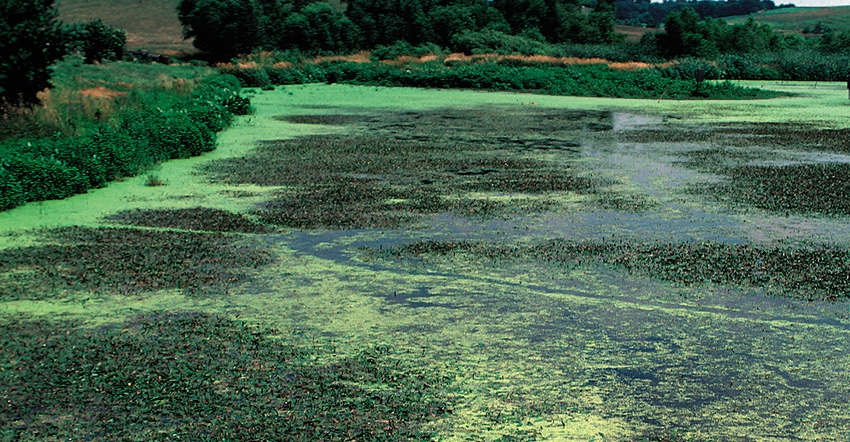April 10, 2017

By Paul Gross, Dean Baas and Christina Curell
On Nov. 10, the Michigan Department of Environmental Quality in the 2016 Integrated Report to the U.S. Environmental Protection Agency announced it has designated the Michigan waters of the Western Lake Erie Basin as impaired. This designation is due to excessive phosphorus levels, which has led to large-scale algal blooms.
Waters are assessed as impaired when an applicable water quality standard is not being attained. The impact on aquatic life and other wildlife, a designated use of Michigan’s waters under state water quality standards, requires the state to take this course of action.
An impaired watershed designation means, the waterbody is considered too polluted or otherwise degraded to meet the water quality standards set by states, territories or authorized tribes in the U.S., under section 303(d) of the Clean Water Act. When an impaired designation is made, states are required to develop total maximum daily loads for these waters. A TMDL is a calculation of the maximum amount of a pollutant that a waterbody can receive and still meet the water quality standards.
A number of Michigan commodity groups representing farmers have come out opposing the MDEQ action as an unnecessary step when Michigan farmers are already accessing federal funds and adopting proactive, voluntary practices that encourage nonpoint source nutrient reductions. These efforts are supported by the Michigan Agricultural Environmental Assurance Program, farm bill programs and Michigan State University Extension.
Additional concerns include the inability to control phosphorus loading from many other sources, such as urban landscapes and a potential mandate by EPA if water quality does not improve fast enough. Historically, Lake Erie has had water quality issues attributed to phosphorus loading.
The Western Lake Erie Basin is most prone to harmful algal blooms due to its very shallow depth and warm water. In the 1960s, Canada and the U.S. joined forces to address the issue and improvements were made. In 1987, both governments signed the Great Lakes Water Quality Agreement, which called for the development of a lake-wide management plan. Objectives of this plan include reducing soil erosion and sediment delivery, decreasing dredging, safeguarding drinking water, protecting fish and wild life habitat, and restoring wetlands and riparian forests.
Michigan farmers, agribusiness and commodity groups are committed to a voluntary, incentive-based conservation approach. This approach has been achieving results, but much more must be done immediately. If water quality does not improve through voluntary approaches, EPA may require Michigan to apply the TMDL to Lake Erie, requiring the state to meet specific implementation timelines and protocols for reductions, regardless of the economic feasibility. This could be a significant financial hardship for many farmers. Farmers must be proactive and move quickly to implement conservation practices in the watershed that will be necessary to meet the objectives.
These conservation practices include:
• conservation tillage
• nutrient and manure management systems
• cover crops, buffers and filter strips
• controlled drainage
• wetland restoration and enhancement
• cropland conversion
Farmers face the challenge of increasing food production in an economically viable way that retains the ecological integrity of the environment. There are a number of farm bill programs, as well as other federal, state, local and nonprofit programs that are available to assist farmers and landowners to adopt these conservation practices in the Western Lake Erie Basin. This would include participation and completing verification with the Michigan Agricultural Environmental Assurance Program. Collaborating with agribusiness, state and federal agencies and Michigan State University Extension can help farmers achieve the goals to protect and preserve the water resources in the basin.
Contact MSU Extension educators Gross at [email protected], Baas at [email protected] and Curell at [email protected].
You May Also Like




